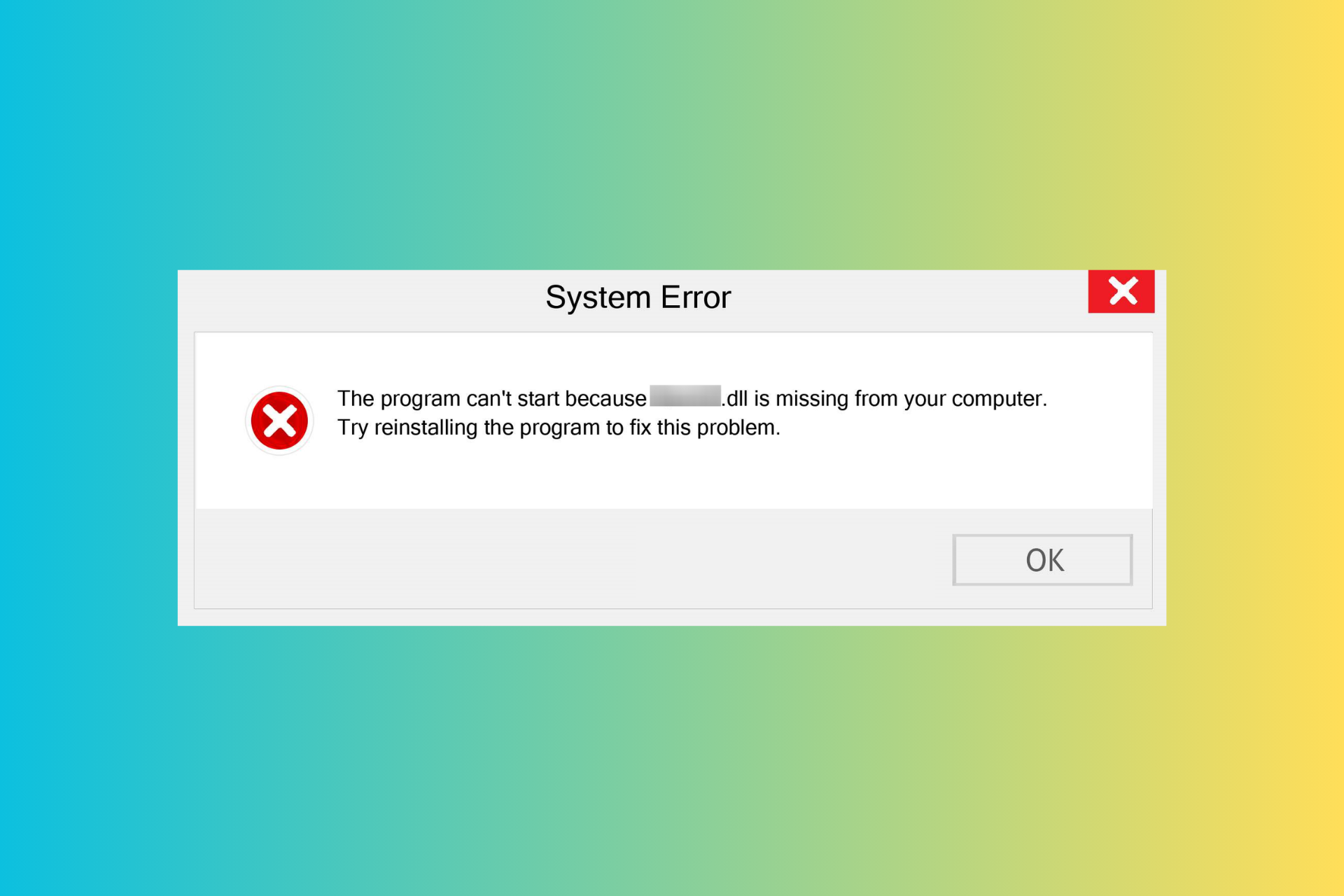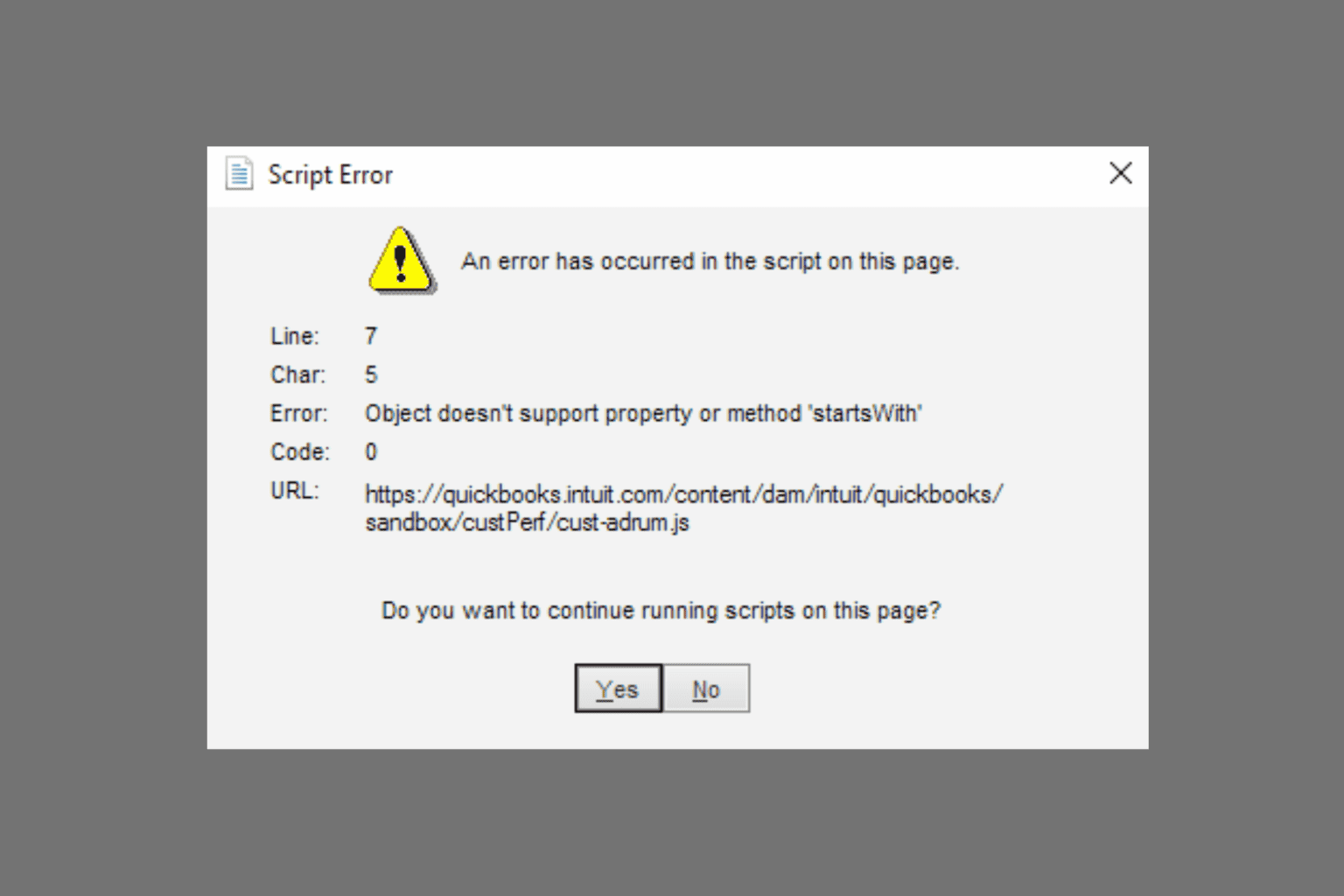Microsoft to acquire team productivity company Intentional Software, Charles Simonyi to return
2 min. read
Published on
Read our disclosure page to find out how can you help Windows Report sustain the editorial team. Read more

Not too far back in Microsoft’s past, a man named Charles Simonyi was the head of Microsoft’s application software group. One of his jobs was to oversee the development of Office suite favorites such as Excel and Word. Fifteen years after splintering off to his own company Intentional Software in 2002, Microsoft has signed an agreement to acquire it, and bring Simonyi back to the company.
Simonyi originally led a Microsoft Research project exploring how to develop with ‘intentional programming’. The software, in theory, would use source code that detected the intentions of the user, making it easier to create and maintain computer programs with a modular code.
However, Microsoft took a different route with their developments. The paradigm was so important to Simonyi that he eventually left the Redmond giant to respectfully pursue it alone. Now, Microsoft is welcoming back the former lead employee along with the purchase of his company.
According to the announcement, Microsoft intends to use the acquired productivity software to develop on their own further.
This acquisition will build on the work we’re already doing to deliver the tools necessary to be productive in an information-rich world. Intentional Software’s technology and talent will enhance our existing capabilities and strengthen our ability to add new tools and services to Microsoft’s robust productivity offering.
Charles Simonyi himself described himself as “excited, stoked, amped, and elated to join forces again with Microsoft” in his press statement. He also noted that the deal had already been a collaboration two years in the making and that much of his team at Intentional Software will be joining him in the transition.
Microsoft’s renewed interest in intentional programming will have applications that we can’t possibly foresee yet. However, one example is the development of pen computing in which Simonyi described as interacting with the documents instead of the apps with implied ontology. “It will amount to reinviting productivity itself,” he explained, citing new capabilities such as machine learning and knowledge representation that weren’t available over a decade ago.








User forum
0 messages